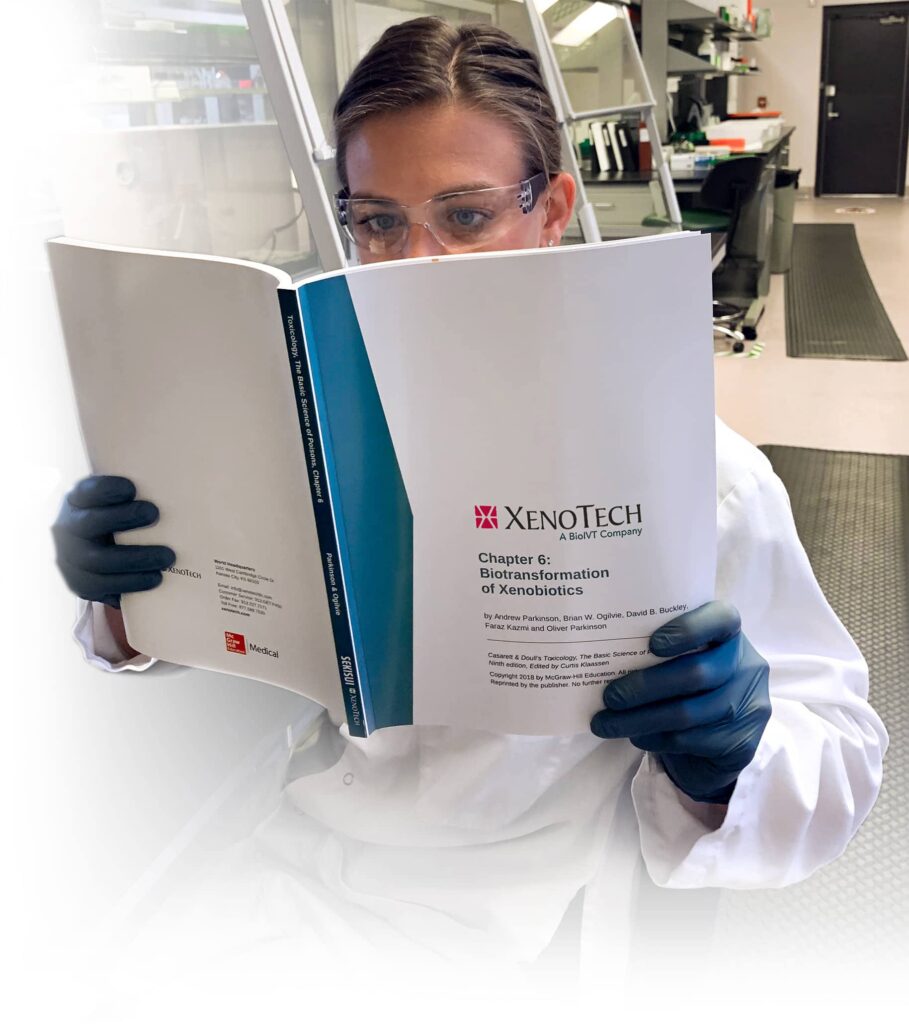
Drugs as Victims and Perpetrators and the Pharmacokinetic Concept of Maximum Exposure
Brian W. Ogilvie, Andrew Parkinson
This article describes the dramatic but predictable impact of two perpetrators on the disposition of a victim drug. For a single elimination pathway, victim potential can be quantified as fm (fractional metabolism by an enzyme) or fe (fractional elimination by a transporter) as follows:

where AUCi and AUCui are the plasma AUC (area under the curve) values in the presence and absence of an inhibitor of the enzyme (or transporter) responsible for eliminating the victim drug, respectively, and where AUCEM and AUCPM are the plasma AUC values in genetically determined extensive metabolizers (EMs) and poor metabolizers, respectively. For a drug that is cleared by two parallel pathways (routes A and B), victim potential can be similarly quantified:

If routes A and B both had an fm (or fe) value of 0.49 (i.e., fmA = 0.49 and fmB = 0.49), then loss of only route A or only route B would result in a 1.96-fold increase in systemic exposure to the victim drug (1.96 = 1/(1 − 0.49)). However, loss of both route A and route B would result in a dramatic 50-fold increase in systemic exposure (50 = 1/(1 − 0.98)). This article provides several examples of perpetrator–perpetrator–victim interactions that demonstrate (i) the clinical relevance of this phenomenon, which is often referred to as maximum exposure; (ii) the large difference in the impact of an enzyme/transporter inhibitor in genetically determined EMs and PMs; and (iii) the potentially large impact of a perpetrator drug that inhibits multiple-drug-metabolizing enzymes or transporters.